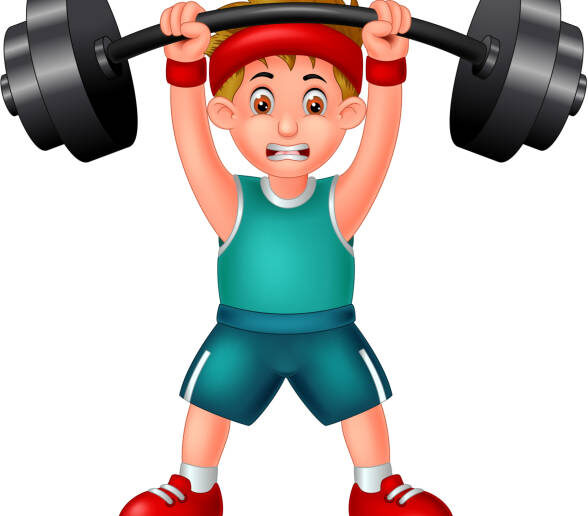Strength training is an important part of physical conditioning for adults, along with aerobic exercise and stretching for flexibility. But what is OK for kids to do when it comes to strength training? Although experts once thought that kids should not train with weights, that attitude has changed. Experts now say that strength training is fine for kids, as long as they are supervised and don’t try to lift too much weight. One reason that healthcare providers discouraged children from lifting weights in the past was a concern that kids’ growing bones would be damaged. Growth plate fractures have not been reported in programs designed by experts with proper supervision.
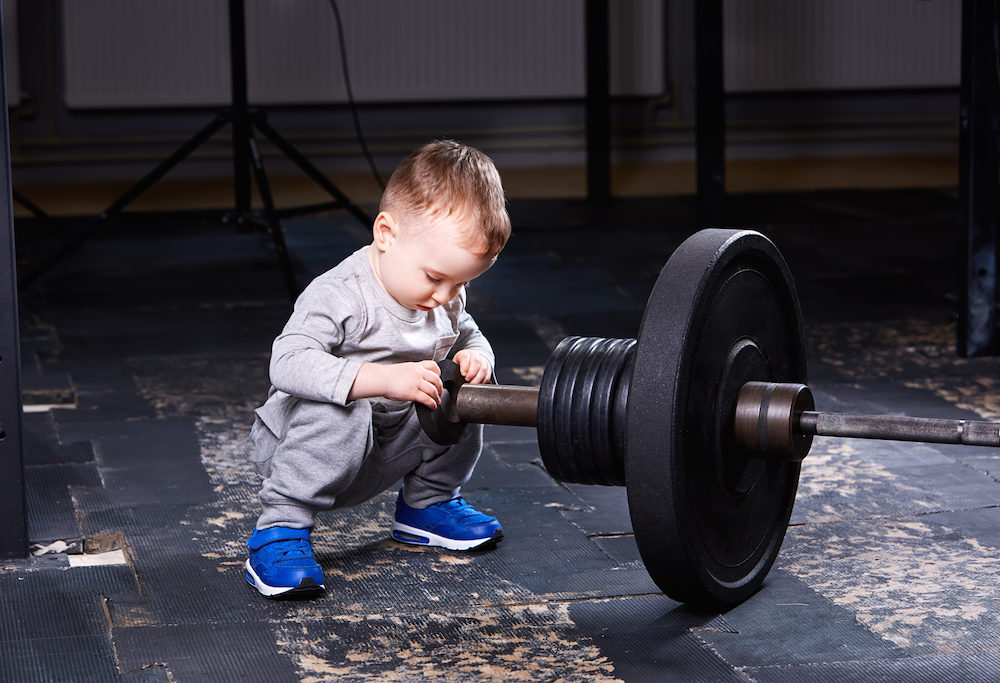
Benefits of strength training
Strength training builds muscle strength when done properly. It builds bone density and strengthens ligaments and tendons. It also improves athletic performance and can help young athletes avoid injuries. It can help a child who is overweight lose extra pounds. Strength training is key to motor skill development and athleticism. Contrary to what you might have heard, introducing a strength protocol to young athletes will not stunt their growth. This doesn’t mean that kids should be lifting heavy weights on principle, however — but they should be getting familiar with different types of resistance, like bodyweight (push-ups, planks, and changing direction), free weights, bands and tubes, and other implements.
Strength training focuses on using lighter weights through many repetitions. It is not the same as weight lifting and power lifting. These are both competitive sports that focus on lifting heavy weights. Kids should not take part in weight lifting or power lifting. They also should avoid bodybuilding, which focuses on building muscle mass. Children can improve strength by 30% to 50% after just 8 to 12 weeks of a well-designed strength training program. Youth need to continue to train at least 2 times per week to maintain strength. The case reports of injuries related to strength training, including epiphyseal plate fractures and lower back injuries, are primarily attributed to the misuse of equipment, inappropriate weight, improper technique, or lack of qualified adult supervision.
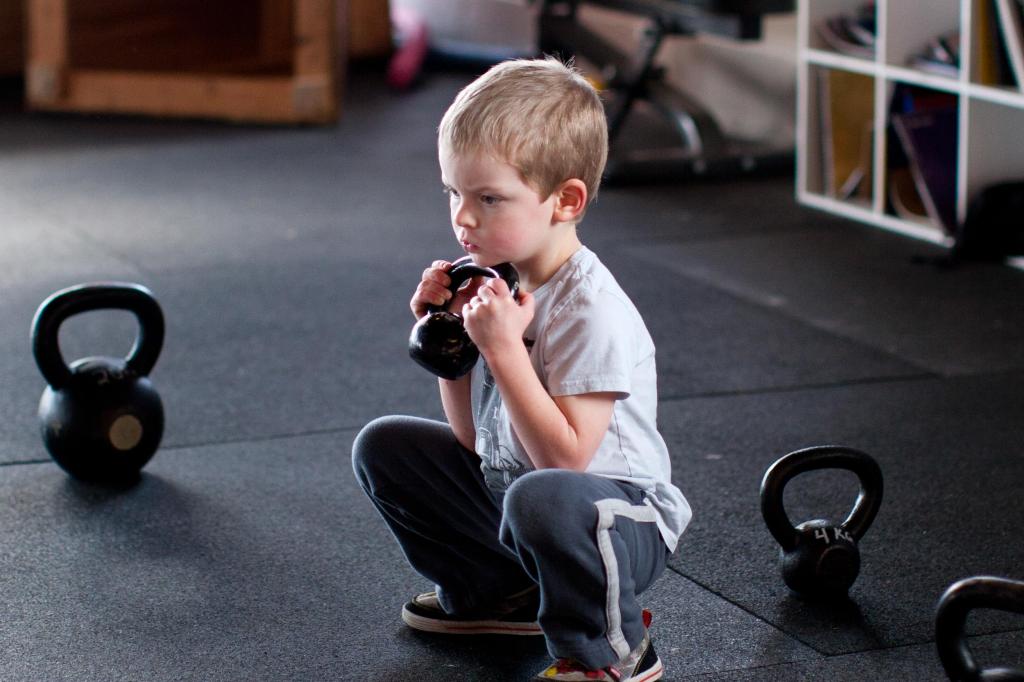
How old is old enough?
A younger child may be able to do exercises that use the body’s own weight. These include push-ups and sit-ups. These should be introduced only when the child is old enough to follow directions and use proper form. A child of 7 or 8 may be old enough to use free weights. But the child should know to be careful with them and lift them safely under supervision. A general rule about strength training is: If a child is old enough to take part in organized sports, then they are probably old enough to begin training with weights. A big part of any strength training program for kids is enjoyment. Kids should have fun doing the exercises. They should be given breaks in between the exercises, as well as time to warm up and cool down. Weight training programs should be individualized on the basis of age, maturity, and personal goals and objectives. Each training session should include a 5- to 10-minute warm-up and a 5- to 10-minute cooldown. Warm-up activities help to increase body temperature and blood flow to the musculature, whereas cooldown activities help to maintain blood flow to enhance recovery and flexibility. Programs that incorporate an aerobic component are most beneficial because they improve overall cardiovascular fitness and stimulate an increase in metabolism.
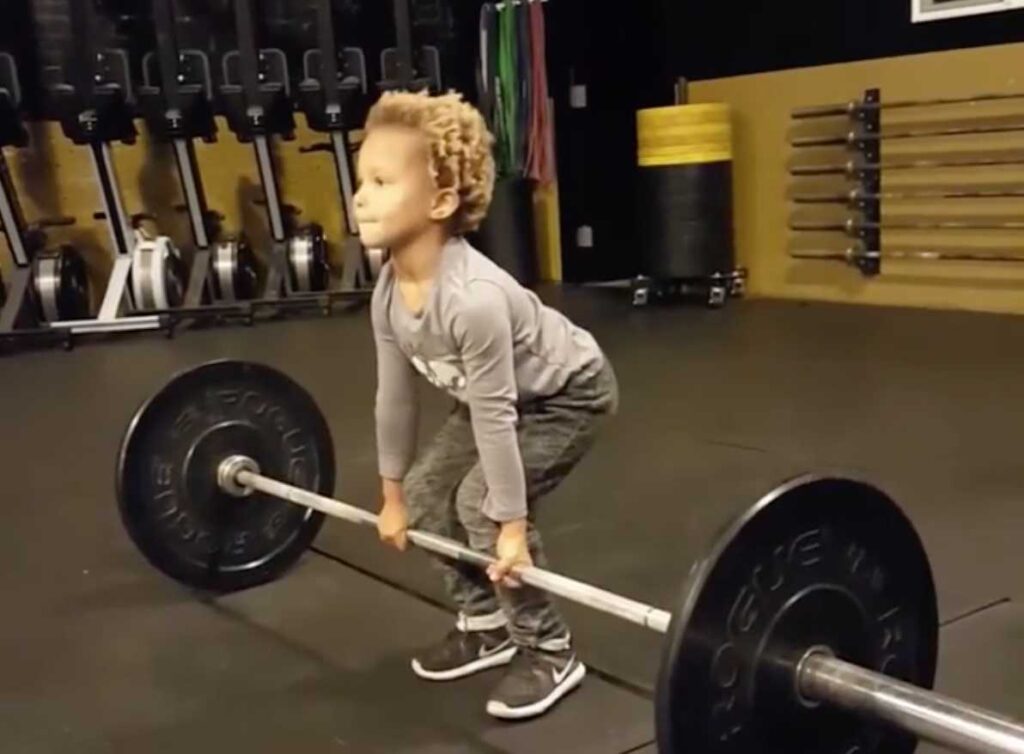
Here are some suggestions for a safe strength training program for kids:
- The main focus should be skill development and having fun.
- Strength training can be done 2 to 3 times a week. Be sure to have at least 1 day of rest between sessions.
- The program should include all major muscle groups and go through a full range of motion.
- Each session should begin with a warm up and end with a cool down.
- A typical program might have 1 set of 10 to 15 repetitions for 6 to 8 different exercises.
- A trainer or coach should be present at each session to make sure that the child is following proper form and to act as a spotter.
- The workouts should change so the child doesn’t become bored with the same drill of exercises each time.
- Start slowly and progress gradually. Your child’s trainer or coach should design a program that’s individualized and appropriate for their stage of development. It should be effective without being overly taxing to reduce injury risk.
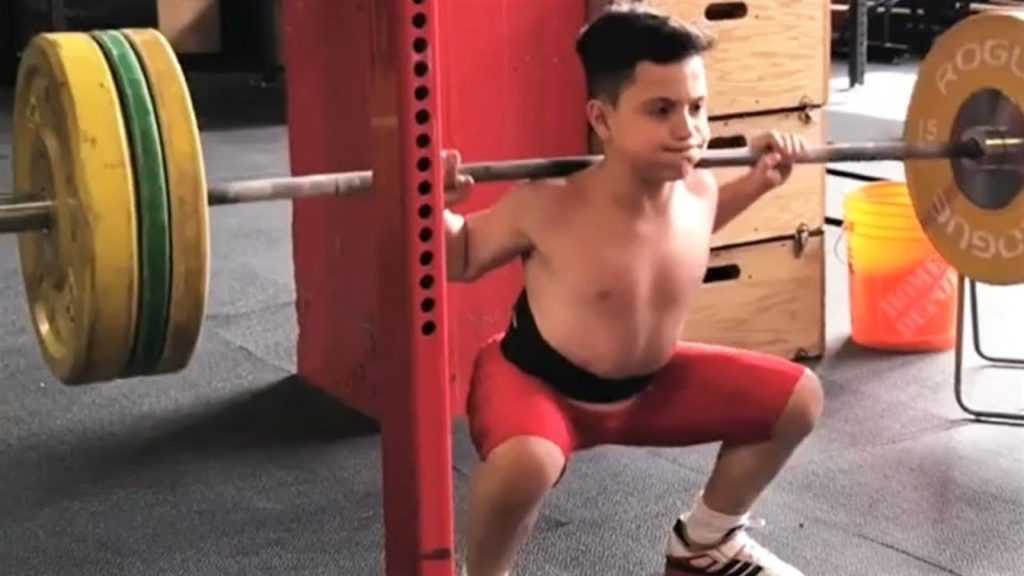
Youth—athletes and nonathletes alike—can successfully and safely improve their strength and overall health by participating in a well-supervised program. Trained fitness professionals play an essential role in ensuring proper technique, form, progression of exercises, and safety in this age group. Strength training, when performed in a controlled, supervised environment, can help children and adolescents of all athletic abilities safely improve their strength and overall health and well-being. The health benefits of strength training far outweigh the potential risks, especially in today’s society where childhood obesity continues to rise.

Dr Saranjeet Singh
Fitness & Sports Medicine Specialist
Lucknow (UP), INDIA

